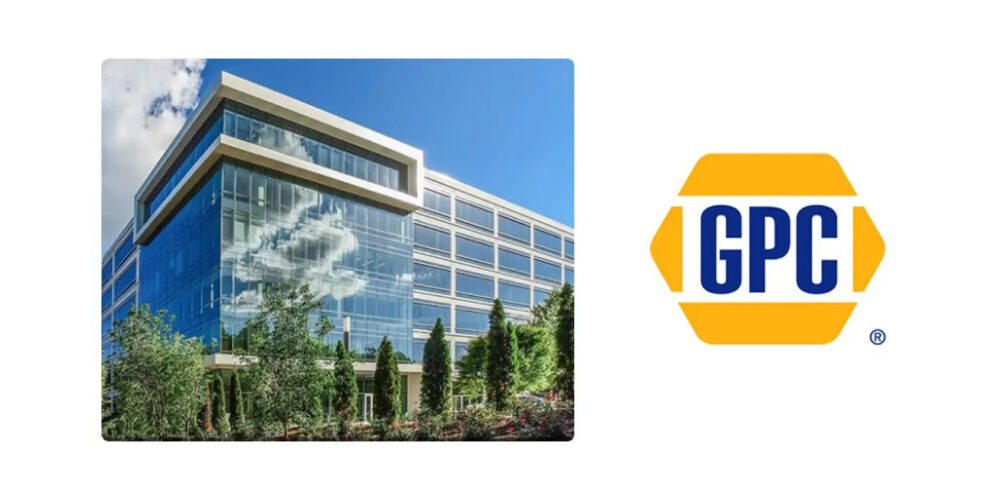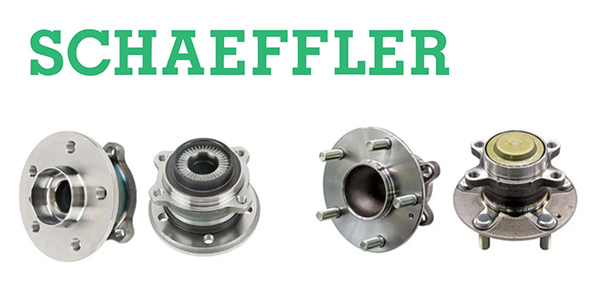Each year, the Counterman magazine staff takes a look at program distribution in a special issue. This year seems more appropriate than ever, for a number of reasons. Program distribution experienced a wave of consolidation in the last several months, more so than in recent history. The aftermarket in general emerged from the economic doldrums of 2008-2009 as strong as ever.
In interviews with the heads of the top program groups in the country, there’s a sense of a strong future for program distribution. It’s going to be one where technology assists the members of the program groups to go up against any competition thrown their way. And it’s going to be one where there may be future consolidation, though it’s not readily apparent when or where that consolidation would occur. Consolidation really has come late to the program groups and the aftermarket as a whole. Many other industries consolidated their ranks years ago.
CONSOLIDATION
“I think it’s logical that we’re going to continue to see consolidation in the aftermarket,” said John Washbish, president and CEO of San Antonio, Texas-based Aftermarket Auto Parts Alliance. “I’m not going to say per se on the program distribution side, but I think we’ll see distributors consolidate, we’ll see jobbers consolidate, and in some cases, installers consolidate. We expect that to continue.”
The Alliance itself has been quiet on the consolidation front. “We have a good solid base of distributors to begin with and we don’t have to solicit new people just to say we’ve got new members,” Washbish said.
In the last several months, both Auto Pride and CMB joined the Network and AIM joined Uni-Select. “There has been a lot of consolidation,” Mike Lambert, president of the Network, told Counterman’s sister publication, aftermarketNews.com. “Putting NAPA and CARQUEST aside, when you look at the groups that are remaining, you’ve got us, you’ve got the Alliance, you’ve got Pronto, Federated, APA, TruStar … and there has been some group consolidation that happened as well. As we get closer to fewer numbers, it gets a little more difficult, but I think in the past nine months there has been a remarkable amount of consolidation, more than has happened in any other period.”
“Yes, the consolidation has happened. Is it going to continue? Only the future will tell, I guess,” Lambert said.
Bill Maggs, president of Grapevine, Texas-based National Pronto Association, is cautious as well about forecasting future consolidation. “There could be more consolidation. I don’t necessarily see it, but it could be there,” he said. “A focus for Pronto is that we exist solely for the benefit of our members. Nothing is done out of our headquarters for the benefit of headquarters. In the past, people have said why don’t you go out and add a division that’s not related to what we do. Well, we probably could. We’d probably be very successful at that. But that’s not our goal.”
THE BUSINESS ENVIRONMENT
While the period of 2008-2009 was a pretty rocky time, economically, there are signs that things are looking up with 2010 half-over. Maggs said in most bases, overall business is strong right now. But he cautions: “We don’t want to get overconfident. But if we keeping going at the same click we’re going, we’re going to have a fantastic year.”
It’s pretty well known that many suppliers, especially those who conduct much OE business, slowed production, sometimes drastically, to respond to the fact fewer Americans were buying cars during the height of the recession.
“Some of our suppliers that do a lot with OE that are smart suppliers saw the recession coming on the new car side and really trimmed back their manufacturing, prior to the horrible news about the car dealers,” Washbish said. “I think that was smart for them to do, but when our business needed parts, they had trouble shipping and that was last year when business wasn’t so good. We had some real fill-rate issue in the first six months of 2009 that I’m going to say were created by manufacturers that were trying to downsize their capacity because of what happened on the OE side.”
The aftermarket suppliers without OE business had a pretty steady stream of parts arriving, Washbish said. “No gripes there,” he said.
For some vendors, order fill is a concern, according to Dan Freeman, president and CEO of Lenexa, Kan.-based Automotive Parts Associates (APA). “We just had a (potential) vendor in and that was one of the first questions about was fill rate and lead time,” Freeman said. “We’re seeing that as an enormous issue. We’re also very interested to make sure that these suppliers have enough distribution centers strategically located where they can service both the east and west coasts and the middle of the country and southern regions as well.”
Some manufacturers that were not doing well in 2009 are still not doing well in 2010, Freeman said.
But some other vendors seem as strong as ever. “We just talked to a manufacturer and their fill rate has been really good — 97 percent and they have, at the most, a seven-day turnaround, which we feel is a really good industry standard,” Freeman said. “They said business is really good. They’re starting to get people who didn’t buy from them before or bought very little who now want him to fill in part numbers they can’t get from other people.”
“In 2010, business is obviously much improved,” Washbish said. “We at the Alliance had a great year last year, but we’re having a fantastic year this year, so we’ve had a lot of fill-rate issues. The fill-rate issues this year, we can’t blame on the OEs. We’re just going to say that the aftermarket has picked up a lot more quickly than what most of our suppliers expected.”
COMPRESSION OF MARGINS
One of the issues APA’s members are dealing with is that there are many technicians connected electronically to their distributors and when a vehicle comes in for a repair, they can search and buy parts from perhaps three different suppliers for that one job, Freeman said. “Just because they can get a better price,” he said. “Everybody is fighting for the same sale and that really does compress the margins.”
Federated CEO Rusty Bishop told aftermarketNews.com that the aftermarket is going to need to work harder to win consumers’ business. “There is no doubt that we are in a period of uncertainty and change,” Bishop said. “Vehicles last longer and there is tremendous competition for consumers’ dollars. We have to work harder to make sure that repair and maintenance stay top-of-mind and ensure that shops are communicating effectively with motorists about the importance of maintaining their vehicles.”
Federated has increased its support for the Federated Car Care Center Program, which is a nationwide network of independently owned repair facilities. “We increased our support for the Car Care program by more than 25 percent this year, providing shops with programs like roadside assistance and their own website because we know that they have to compete for consumers’ business,” Bishop said. “There are going to be vehicles that need repaired for a long time to come, but the real questions are: how often, how well and where. Ultimately, that is our challenge.”
USE OF TECHNOLOGY
According to the chief executives of the program groups interviewed, effective use of technology will be an important component for success in the aftermarket.
Dick Morgan, the previous president and CEO of the Alliance, was responsible for launching the group data warehouse project 10 years ago, according to Washbish. “This data warehouse is fully populated now and because of that population of information, we’ve been able to develop a number of tools that assist our shareholders in managing their inventory all the way through the channel,” Washbish said. “The information that the individual members can harvest from this on a daily basis is incredible.”
The most popular tool used by members is an inventory optimization tool that helps the distributor and the jobber level and the installer level get the right mix of parts on their shelf, Washbish said. “We’re just having great success with that. It’s a homemade, homegrown tool that uses lots of other information, like Experian data, Polk data, manufacturer’s data, warranty data, etc., to help us design our stocks.”
He said the data warehouse and related electronic tools are what win over potential Alliance members. “I watch as I go through the pitch,” Washbish said. “I can show them sales, I can show them marketing. I can show them how we buy better, but when I get into the IT stuff, they really start taking notes. So there’s lots of benefits in what we do in the IT area.”
For Bishop, the biggest challenge he sees will be using technology in an effective manner, and technology will also be the biggest opportunity. “There are so many areas impacted by technology: technical data and electronic catalog information for the technician; telematics and e-commerce for business and consumers; Internet and social marketing; data warehousing; and everything in between,” Bishop said.
“We are on the edge of so many breakthroughs in many of these areas and there is little doubt that technology will be a game changer in the future. We have never had so much data and information available as we do today. The challenge is to make it work for us in an effective and efficient manner going forward. It is going to be fun, and I am looking forward to being part of it.”




